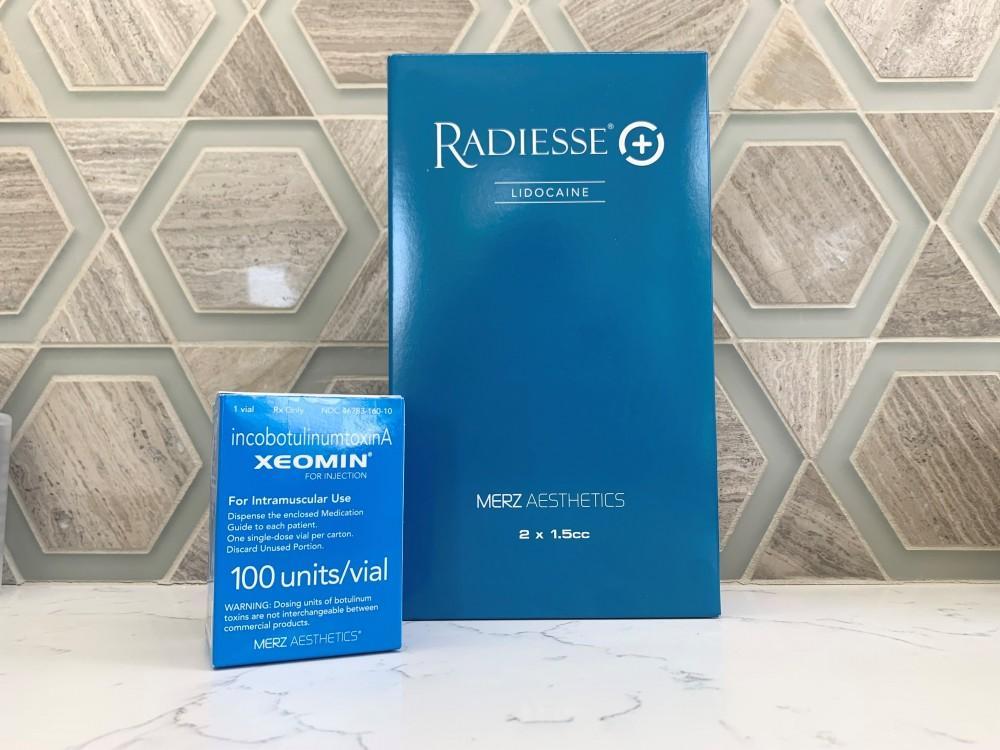
Understanding Chemical and Physical Sunscreens: Which is Right for You?
Understanding Chemical and Physical Sunscreens: Which is Right for You?
The Importance of Sunscreen
Sunscreen is an essential part of any skincare routine, protecting your skin from the harmful effects of ultraviolet (UV) radiation. Prolonged exposure to UV rays can lead to skin damage, premature aging, and an increased risk of skin cancer. Sunscreens are broadly categorized into two types: chemical and physical. Understanding the differences between these types can help you make an informed choice about which one best suits your needs.
Chemical Sunscreens
How They Work
Chemical sunscreens, also known as organic sunscreens, contain active ingredients that absorb UV radiation. These ingredients convert UV rays into heat, which is then released from the skin. Common active ingredients include oxybenzone, avobenzone, octinoxate, and octocrylene.
Advantages
- Lightweight Texture: Chemical sunscreens tend to have a lighter, more fluid consistency, making them easier to apply and more comfortable for daily use.
- No White Cast: These sunscreens are less likely to leave a visible white residue, which can be particularly advantageous for people with darker skin tones.
- Water-Resistant Options: Many chemical sunscreens offer water-resistant formulas, ideal for swimming or sweating.
Considerations
- Potential for Irritation: Some people may experience skin irritation or allergic reactions due to the chemical ingredients.
- Environmental Impact: Certain chemical ingredients, such as oxybenzone and octinoxate, have been found to contribute to coral reef bleaching and are banned in some regions for environmental protection.
Physical Sunscreens
How They Work
Physical sunscreens, also known as mineral or inorganic sunscreens, contain active mineral ingredients like zinc oxide and titanium dioxide. These minerals sit on the skin's surface and act as a physical barrier, reflecting and scattering UV rays away from the skin.
Advantages
- Broad-Spectrum Protection: Physical sunscreens provide broad-spectrum protection against both UVA and UVB rays.
- Immediate Effectiveness: These sunscreens start working immediately upon application, unlike chemical sunscreens that need about 20 minutes to become effective.
- Less Irritation: Physical sunscreens are generally less irritating and are recommended for people with sensitive skin or conditions like rosacea.
Considerations
- Thicker Texture: Physical sunscreens tend to have a thicker consistency, which can feel heavier on the skin.
- White Cast: They are more likely to leave a white or tinted residue, which may be noticeable, especially on darker skin tones.
- Frequent Reapplication: Because they can be rubbed off more easily, physical sunscreens may require more frequent reapplication.
Choosing the Right Sunscreen for You
When choosing between chemical and physical sunscreens, consider your skin type, lifestyle, and personal preferences. Here are some tips to help you decide:
- For Sensitive Skin: If you have sensitive or reactive skin, a physical sunscreen may be the better choice due to its lower likelihood of causing irritation.
- For Everyday Use: If you prefer a lightweight, easy-to-apply formula that blends seamlessly, a chemical sunscreen might be more suitable.
- For Outdoor Activities: If you plan to be outdoors, especially in water, look for water-resistant options and consider layering physical sunscreen for its immediate protection.
Conclusion
Both chemical and physical sunscreens offer effective protection against UV radiation, but each type has its own set of benefits and considerations. Understanding these differences can help you make an informed choice that best suits your skin's needs and your lifestyle. Remember, the best sunscreen is the one you will use consistently, so find a product you like and make it a daily habit to protect your skin.
You Might Also Enjoy...


Filler Aftercare

Radiesse Filler

Hyperhidrosis

Laser Hair Removal


